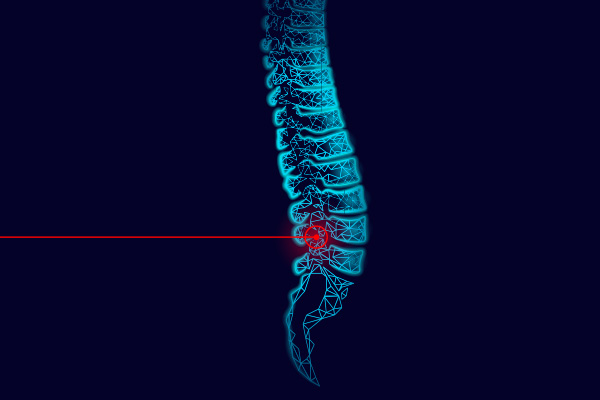



Understanding more about laser spine surgery is one of the first things that a patient needs to do if they think that they may need to undergo this type of surgical process. Lasers are an option when performing surgery on or near the spine, as lasers allow for smaller incisions, which support a faster recovery.
How laser spine surgery works
Want to find out how laser spine surgery works? Lasers use a highly-focused beam of energy to perform a number of surgical techniques, such as making initial incisions and removing tissue. Lasers give surgeons the benefit of using a precise method to treat the spinal issue. This preciseness is important when it comes to performing many different types of spine-related surgical procedures.
One goal of using this surgical method is to use a less invasive procedure, as traditional surgical spine surgery often requires cutting muscle from the spine. This requires large incisions, which can be more painful and take longer to heal. Using lasers means the surgeon can make a smaller incision and then use surgical tools to separate the muscle, allowing them to reach the correct area.
Laser spine surgery is an option
The list below includes three reasons that this minimally invasive surgical option would be recommended for a patient.
#1. When needing to remove tumors from the spinal cord
When someone is diagnosed with a spinal tumor, it means that they are living with a mass of damaged cells, also known as cancer. Tumors need to be addressed as soon as possible to stop them from growing. As tumors grow, they can destroy nearby healthy cells, as well as prevent the nerves from properly connecting to the brain. Laser surgery allows for the precision necessary to carefully remove any soft tissue and/or bone.
#2. When needing to shrink disc material around a nerve
Laser energy can be used to shrink the outer shell of a disc, as lasers are often used to provide heat to discs with a goal of making the outer shell smaller. This shrinking allows for an increase in the area immediately surrounding the problem disc, which helps release any existing buildup of pressure. This allows the disc to once again function as it is supposed to.
#3. To treat common back problems, like sciatica
Laser spine surgery can be used to treat common back-related issues, including sciatica, herniated discs, spinal stenosis and bone spurs. Patients who are diagnosed with a herniated disc, for example, may undergo one of two different laser surgical procedures: laser endoscopic discectomy and percutaneous laser discoplasty.
Got questions?
In order to find out if you are in need of laser spine surgery, making a consultation appointment is the next step.
Are you considering laser spine surgery in the Palm Harbor area? Get more information at https://www.brainandspineni.com.
Check out what others are saying about our services on Google: Read our Google Reviews.
Related Posts
Sciatica is a condition characterized by pain that radiates along the path of the sciatic nerve, which runs from the lower back through the hips and buttocks and down each leg. It typically affects only one side of the body and can cause debilitating pain, numbness, or weakness in the affected leg. While sciatica often…
If you have been referred to a brain surgeon, you may feel nervous or confused about what to expect during the consultation. This initial meeting is essential, as it sets the expectations and goals for your treatment journey. Knowing what this medical professional does and what to expect prior to the first appointment can provide…
Brain aneurysms are bulges that develop in the blood vessels in and around the brain. Though most do not cause harm, some can become enlarged, and the consequences of a rupture are severe, even life-threatening. Therefore, it is important to understand your risk of a brain aneurysm, symptoms to watch for, and steps you can…
Navigating neurological challenges requires professional treatment from a neurosurgeon, personal perseverance, and healthy coping strategies. If you have been diagnosed with a neurological issue or are caring for a loved one who has, there is help available. Here are some helpful insights about the intricacies of the human brain and the comprehensive care needed to…


